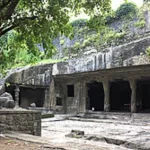The Genesis of Parsi Theatre in Bombay
Parsi Theatre in Bombay
In 1853, the Parsi Dramatic Corp presented the play *Rustam Zabuli and Zohrab* at Bombay’s Grant Road Theatre. This play was an adaptation of the Persian epic *Shahnameh*, written by the Persian poet Ferdowsi in the tenth century.
Which tells the sad tale of the heroes Rustam and his son Sohrab. This performance marked the beginning of the Parsi theatre movement in the city, significantly influencing the entertainment sector, particularly the Hindi cinema industry.
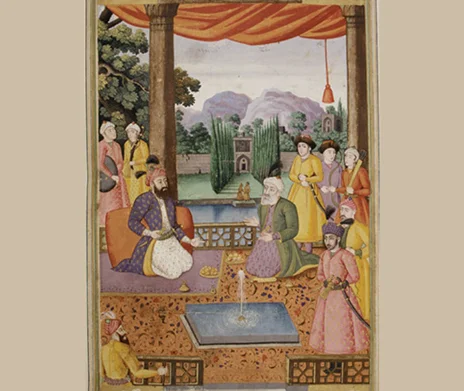
Source: Wikimedia Commons
The Parsi Dramatic Corp staged this drama about seventy years after the city’s first theater opened for business. In the meantime, various events had encouraged the Parsi community in Bombay to venture into this territory.
European production companies occasionally performed at Bombay Theatre, the city’s earliest theater established in 1776 in the Bombay Green neighborhood.
Although Bombay Governor Mountstuart Elphinstone funded this theater, it fell into debt after Elphinstone’s departure. The situation deteriorated to the point that, during a major government officials’ conference in 1834, they suggested turning the theater into a clubhouse if it continued losing money.
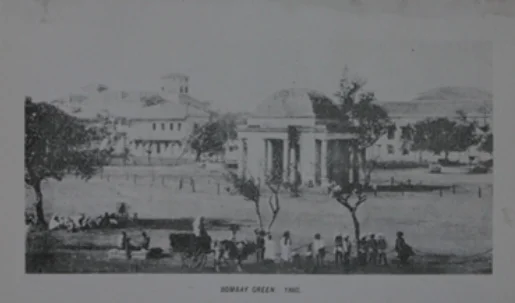
Source: Wikimedia Commons
At this point, well-known Parsi businessman and benefactor Jamsetjee Jeejeebhoy intervened as a rescuer. In 1835, he paid Rs. 50,000 for the theater, cleared all the loans and bills, and kept the theater’s property.
For a decade, the theater in Bombay remained closed. In 1844, Jagannath Shankarseth, a prominent trader in Bombay, donated a parcel of land on Grant Road, where the Grant Road Theatre was constructed.
At this venue, plays written by Indians with English educations were performed for the first time. In 1846, the newly established theater group known as the Hindu Dramatic Corps presented plays in Marathi, Gujarati, and Hindustani at the Khetvadi Theatre.
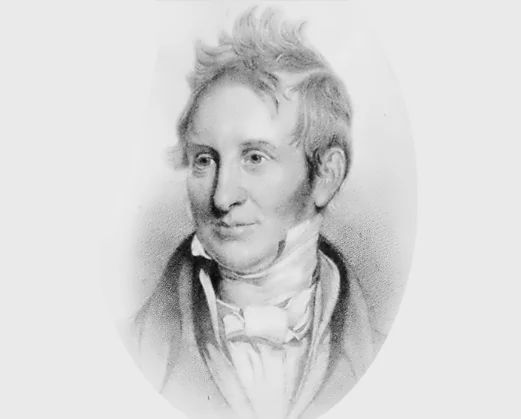
Source: Wikimedia Commons
The Bhave theater actors, a Marathi troupe founded in 1842 by the Sangli monarch, who had witnessed plays performed by itinerant Kanarese players, greatly influenced this group. These theatrical traditions motivated the Parsi community to create their own plays.
The Rise of Parsi Theatre in Bombay and Cultural Influence
The Parsi population, who follow Zoroastrianism, relocated from Persia to Gujarat, giving *Rustam Zabuli and Zohrab* its origins in Persian legend. While dressing and speaking like locals, they maintained their unique socio-religious identity.
Arriving in Bombay in the late 1600s, the Parsis became a significant merchant force in the city. They entered the theater industry due to their affluence and westernization.
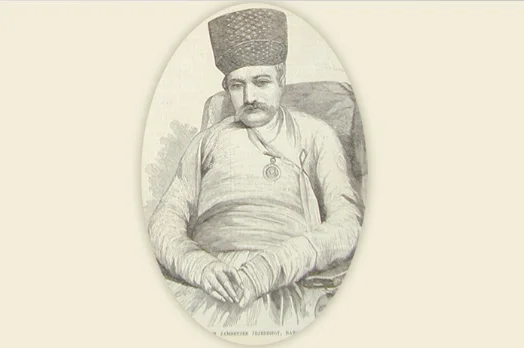
Source: Wikimedia Commons
Following the popularity of their debut play, the group broadened their repertory, soon staging productions that featured cross-cultural retellings of numerous myths and folktales with Asian and European roots in languages like Gujarati, Hindustani, English, and Marathi.
Other businesses quickly adopted this strategy. By 1853, Faramjee G. Dalal had founded the Parsi Natak Mandali. It included a number of Parsi writers and performers.
Among them was the well-known D. R. Thudhi, who popularized the use of traditional Indian string instruments in place of Western instruments.
Additionally, he raised the bar for scenic effects and performance in Parsi plays. The Indian Theatrical Club was established in 1858 and presented the highly successful play Nana Saheb. Songs from the play were sung in Parsi homes.
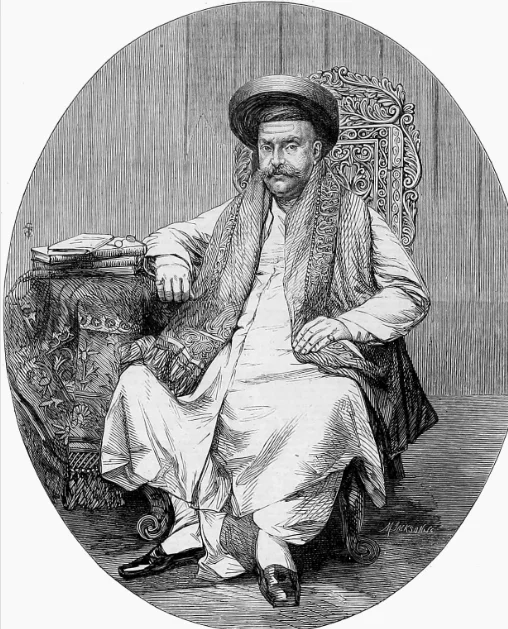
Source: Wikimedia Commons
Shakespearean Theatre in Bombay
The “Irwing of India,” Khawasji Khatau, established the Alfred Theatrical Company in 1877 and became well-known for his Shakespearean adaptations.
The company scored major successes with Gorakhadhanda (“A Labyrinth”), a 1912 version of Narayana Betab’s *The Comedy of Errors*, and Sher-Dil (“The Tiger-Hearted”), a 1918 adaptation of Othello by Najar Dehlvi.
Parsi student Kunvarji Sohrabji Nazir, attending Elphinstone College, formed the Parsi Elphinstone Dramatic Club. The club presented English-language plays at the campus throughout the week and at the Grant Road Theatre on Saturday evenings.
The club’s performances primarily focused on Shakespeare’s plays because most Parsi adolescents had studied under British educators and were thus familiar with his works.
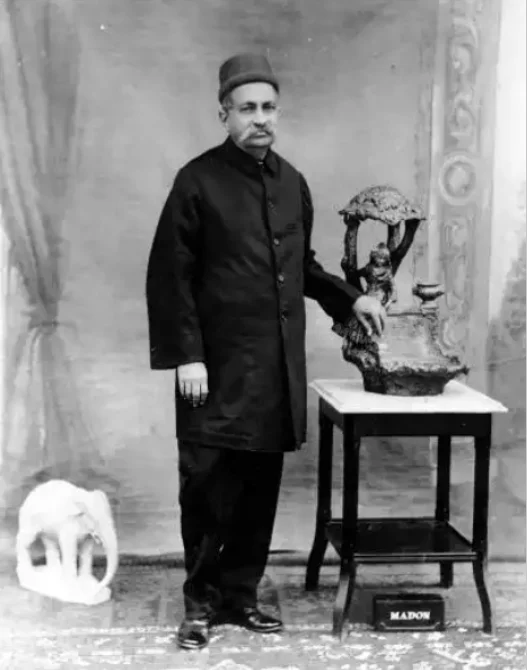
Source: Wikimedia Commons
Nanabhai Rustamji Ranina published popular plays in 1865, including *Jedia Bhai — Adhle Beheru Kutavu* (derived from *Comedy of Errors*) and *Kasrivaj na Karstan* (based on *Othello*).
In 1883, Jamshedji Framji Madan took control of this club, which subsequently became known as the Elphinstone Theatre Company. Starting his career in the club as a prop boy in 1868, Madan later became a well-known producer and distributor of plays and movies.
The Theatrical Innovations and Influences of Parsi Theatre in Bombay
Parsi theater became known for strong acting as its hallmark. Parsi owners freely invested money in stage sets, which contributed to its enhancement.
They embraced European theatrical customs such as Western musical instruments, gadgets, and props, as well as the proscenium arch with its background and curtains.
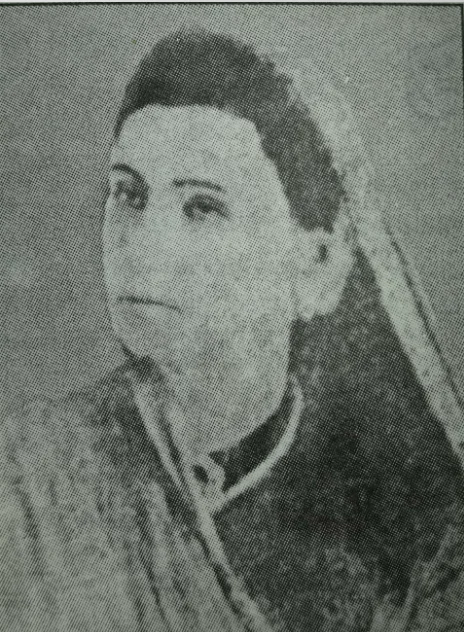
Source: Wikimedia Commons
They purchased stage equipment from England, engaged European painters to create scenery, and used English-style playbills to promote “Transformation Scenes” or “Dissolving Views.”
Before each performance, audience members were distributed an ‘opera book’ containing the song lyrics. To acquire acting techniques, a few performers were dispatched to England. They also adopted the English custom of concluding the main play with a few farces.
Cultural Impact of Parsi Theatre in Bombay
Women’s initiation into theatre is also linked to Parsi theatre. Khatau introduced Gohar to this field, making her the first actress to perform on stage.
Mary Fenton, the daughter of an English army commander, gained fame for portraying Parsi heroines in several plays. Another actress, Munnibai, excelled particularly in household dramas.
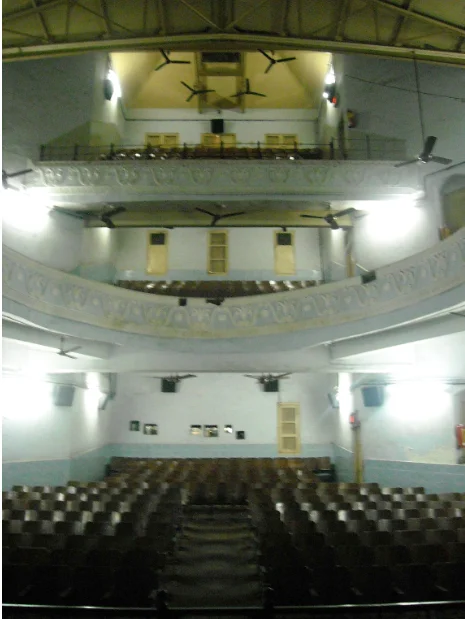
Source: Wikimedia Commons
Native performers typically earned between Rs. 5 and Rs. 50 a month, including board and lodging; the highest-paid actors earned up to Rs. 300 a month.
The theaters generated one thousand rupees in revenue. Performances took place on Sunday afternoons, Wednesday nights, and Saturday nights.
The emergence of new business groupings, working classes, professionals, and salaried individuals in Bombay, who had flourished during English rule, supported the plays enormously. These individuals were eager to explore new experiences and were willing to spend money on entertainment.
Challenges of Parsi Theatre in Bombay
The Parsi theatre faced challenges, primarily due to Bombay’s lack of theatres. Occasionally, a specific theatre company would rent out the Grant Road Theatre for several weeks at a time.
To circumvent this issue, Parsi theatrical firms developed touring theatre groups that could present their plays in various regions for extended periods.
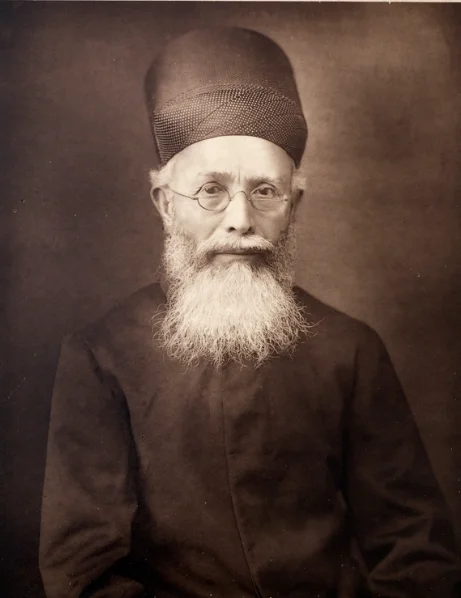
Source: Wikimedia Commons
During this time, Parsi theatre began spreading to Gujarat, Bengal, and Tamil Nadu, among other parts of India. Founded by renowned theatre artist Khurshedji Balliwala, the Victoria Theatrical Company undertook trips to Singapore, England, and Rangoon.
However, several theaters emerged towards the end of the eighteenth and the beginning of the nineteenth centuries. The Gaiety Theatre, the Victoria Theatre, the Empire Theatre, and the Edward Theatre are notable examples of these.
In 1880, the contract for the Gaiety Theatre was extended for another ten years. Sadly, most of these theaters have since been demolished or converted into movie theaters.
Cultural and Literary Influences on Parsi Theatre
English and Gujarati publications during that period provided support and nourishment to Parsi Theatre. Publications like the British Indian Gentleman’s Gazette, Kaiser-i-Hind, Rast Goftar, The Bombay Times, The Bombay Telegraph, and The Bombay Courier published announcements regarding venue shifts, ticket rates, and reviews.

Source: Wikimedia Commons
Parsi theatre has persevered and made a significant contribution to Mumbai’s theatre scene despite its ups and downs. It produced famous playwrights like Rustomji Nanabhai Ranina, who also authored children’s novels and a trilingual dictionary, and Navrojji Kabraji, who owned and edited Rast Goftar (a Parsi newspaper).
The most important writer of the contemporary era, Adi Pherozeshah Marzban (1914–1987), is credited with bringing about noticeable changes in Parsi theatre between 1950 and 1960.
Impact of Parsi Theatre on Bollywood
He shattered the mold of family melodramas and historical myths, focusing instead on issues aligned with modern society to adapt to Mumbai’s shifting cultural landscape.
His debut play, *Ardhi Raate Aafat*, was a thriller—a genre that was just emerging at the time. His comedies addressed pertinent societal issues, such as the dynamics of a fractured family (*Piroja Bhavan*).
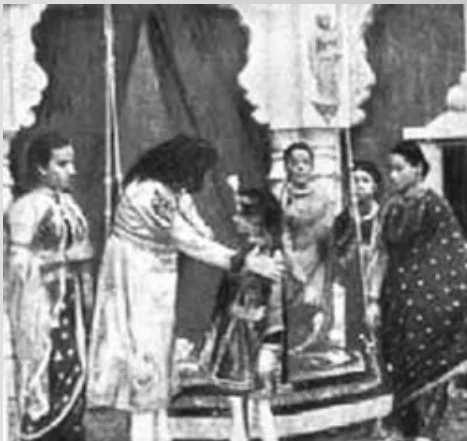
Source: Wikimedia Commons
Additionally, he mentored a new generation of actor-directors who continued the Parsi theatre heritage, including Ruby Patel, Phiroz Antia, Homi Tawadia, and Burjor Patel.
Parsi theater’s greatest lasting legacy is its immense influence on Mumbai-based Bollywood, the Hindi film industry. Oriental and mythical themes, costumes, and dialogues from Parsi plays were ingrained in Bollywood from its inception.
Sharing actors, directors, and financiers, the Parsi theatrical companies evolved into the earliest motion picture enterprises. The theater organization led by Sohrab Modi and his brother Rustom renamed itself the Stage Film Company.
ALSO READ: Seven Islands of Bombay and its History

